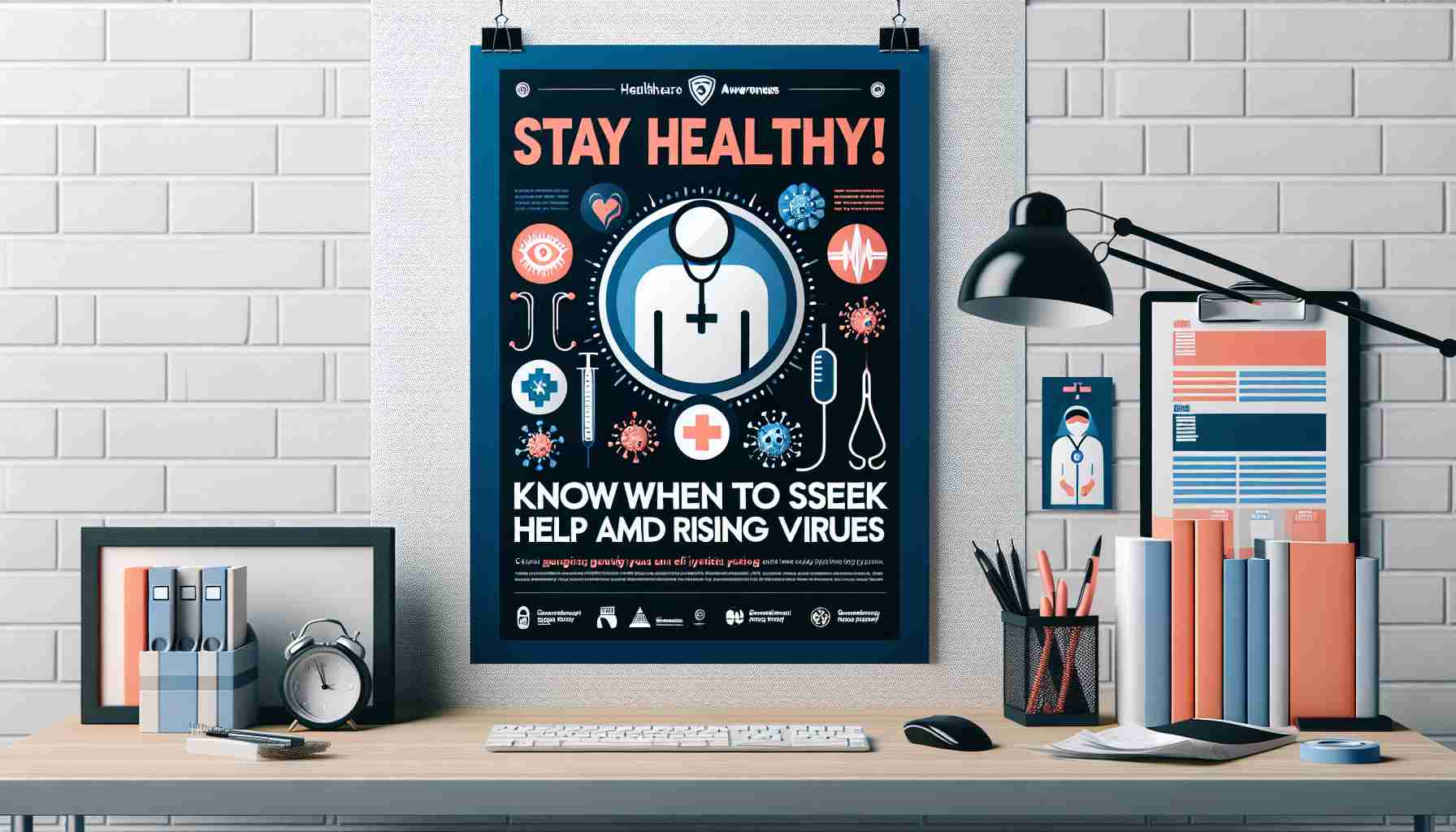Your Health Matters
As the new year unfolds, many are focused on improving their well-being, yet a surge of viruses poses a significant hurdle. Understanding the different viruses and recognizing when professional medical assistance is necessary is crucial.
Currently, four primary viruses are making a mark: the common cold, influenza, COVID-19, and norovirus. Symptoms such as coughing, congestion, sore throat, and runny nose are prevalent among the first three. However, it’s important to distinguish between them. A fever lasting between 5 to 7 days and severe body aches can indicate more severe illnesses.
Norovirus presents a different challenge, typically leading to intense diarrhea, vomiting, and stomach pain. While self-care is essential, knowing when to consult a healthcare professional can make all the difference. Experts recommend reaching out if symptoms persist beyond a few days, especially with influenza.
Severe dehydration from norovirus is particularly concerning and should prompt immediate consultation. Preventative measures are vital since these viruses spread easily; using your elbow while coughing or sneezing, maintaining distance, and wearing a mask can help protect yourself and others. For norovirus, frequent handwashing and avoiding face contact are key strategies.
While recuperating isn’t enjoyable, effective remedies like saline nasal spray, Mucinex, and a cool mist humidifier can alleviate symptoms, paving the path to recovery. Stay informed and prioritize your health this season!
Stay Healthy This Season: Essential Insights on Viruses and Well-Being
Understanding Viruses and Their Symptoms
As we navigate the new year, it’s essential to prioritize well-being amid the proliferation of various viruses. Currently, understanding the symptoms and differences among the common cold, influenza, COVID-19, and norovirus is crucial for effective self-care and when to seek medical attention.
Common Viruses and Their Symptoms
1. Common Cold: Symptoms typically include cough, congestion, and a runny nose.
2. Influenza: Often more severe than the common cold, characterized by symptoms such as high fever (often lasting 5 to 7 days), body aches, and fatigue.
3. COVID-19: Symptoms can vary greatly, from mild to severe respiratory issues, and often include a loss of taste or smell.
4. Norovirus: Primarily leads to gastrointestinal symptoms such as intense diarrhea, vomiting, and stomach pain.
Knowing these differences will help individuals make informed decisions about when to consult healthcare professionals.
When to Seek Medical Help
Understanding when to reach out for professional care is crucial. For instance:
– If influenza symptoms persist beyond a few days or worsen.
– Severe dehydration from norovirus symptoms should prompt immediate medical attention.
Preventative Measures
To protect yourself and others from these easily transmissible viruses, consider these preventive strategies:
– Use your elbow or tissue when coughing or sneezing.
– Maintain physical distance in crowded areas.
– Wear masks, especially in indoor public spaces.
– For norovirus specifically, practice thorough handwashing and avoid touching the face.
Effective Remedies and Recovery Tips
While dealing with these viruses can be uncomfortable, several remedies can help alleviate symptoms:
– Saline nasal spray: Helps relieve nasal congestion.
– Mucinex: Aids in breaking up mucus and inducing better airflow.
– Cool mist humidifier: Keeps airways moist and can ease breathing difficulties.
Additional Insights and Trends
Innovations in Health Maintenance
With the ongoing pandemic, innovations in at-home health testing kits and telemedicine services have surged. These can be a great asset for early detection and treatment of viral infections without the need for immediate in-person visits.
Sustainability in Health Practices
Another trend is the increasing focus on sustainable practices. Individuals are becoming more aware of the environmental impact of health products, prompting a market shift towards eco-friendly solutions. Consumers are now opting for biodegradable alternatives in health care products, such as masks and hand sanitizers.
FAQs
Q: How can I differentiate between a cold and the flu?
A: The flu typically presents with more severe symptoms, including a high fever and significant body aches, while the common cold is usually milder.
Q: What should I do if I suspect I have norovirus?
A: Stay hydrated and rest. If symptoms like vomiting or diarrhea are severe or persistent, seek medical advice.
Conclusion
This season, prioritize your health by staying informed about the viruses circulating and the symptoms associated with them. By recognizing when to seek help and implementing effective preventative measures, individuals can navigate this challenging time more safely.
For more health tips and updates, visit Healthline.
